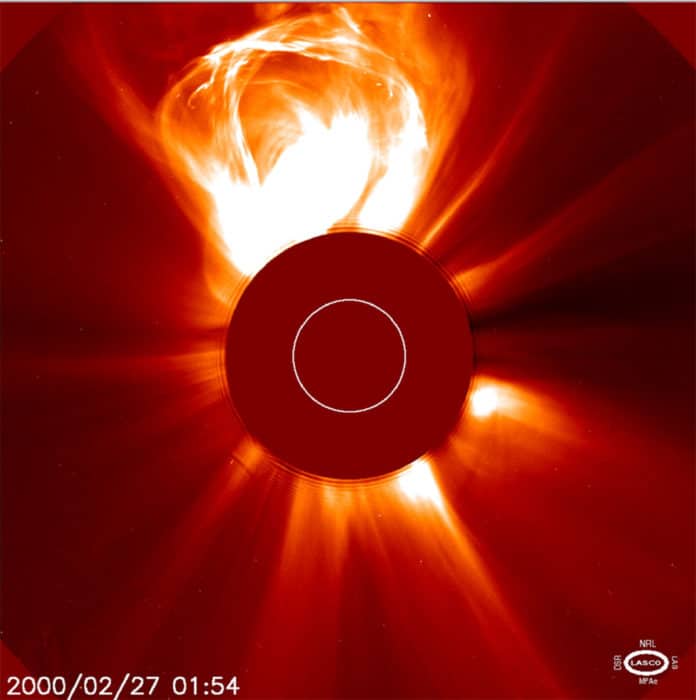NASA has chosen two proposals to show small satellite technologies to improve science observations in deep space, which can enable NASA to develop better models for foreseeing space weather events that may affect astronauts and probe.
NASA selected both proposals relying on potential technology and science value and the feasibility of development plans. Both programs support NASA’s heliophysics program, which tries to more readily comprehend the nature of space all through the solar system and how it changes in response to the constant overflowing of energy and particles from the Sun and how it cooperates with planetary environments.
The proposals are funded at $400,000 for nine-month mission concept studies. At the end of the nine-month study period, one proposition will be chosen to launch as a secondary payload with NASA‘s Interstellar Mapping and Acceleration Probe (IMAP) spacecraft in October 2024. Exploiting NASA’s cost-saving rideshare initiative, it will be joined by two other science missions – a NASA science mission of opportunity and a National Oceanic and Atmospheric Administration (NOAA) space weather forecasting mission.
Peg Luce, deputy director of the Heliophysics Division at NASA Headquarters said, “This is the first time that our heliophysics program has funded these kinds of technology demonstration. Providing the opportunity to mature and test technologies in deep space is a crucial step towards incorporating new techniques into future missions.”
Thomas Zurbuchen, an associate administrator for NASA’s Science Mission Directorate, said, “By focusing on SmallSats and capitalizing on the cost savings of sharing a launch, we can test and advance cutting-edge technologies at a reasonable price. We are leading the charge in using this innovative solution to test new mission paradigms and technologies and, in turn, to reap great rewards researching our neighborhood in space.”
Science-Enabling Technologies for Heliophysics (SETH)
The first is an optical communications technology for small satellites and CubeSats that is less complex than current systems and could enable a hundredfold increase in deep space data rates while reducing the burden on NASA’s Deep Space Network. This kind of technology could help support future small satellite constellations that require high data rate communications systems.
The second technology demonstration aboard SETH detects solar energetic neutral atoms – fast-moving atoms flowing from the Sun that does not have a charge – as well as an array of waves and other particles that erupt from our Sun. Called the HELio Energetic Neutral Atom (HELENA) detector, the instrument provides observations that could enable advanced warnings of potential space radiation threats to astronauts.
The principal investigator for SETH is Antti Pulkkinen at NASA’s Goddard Space Flight Center in Greenbelt, Maryland.
